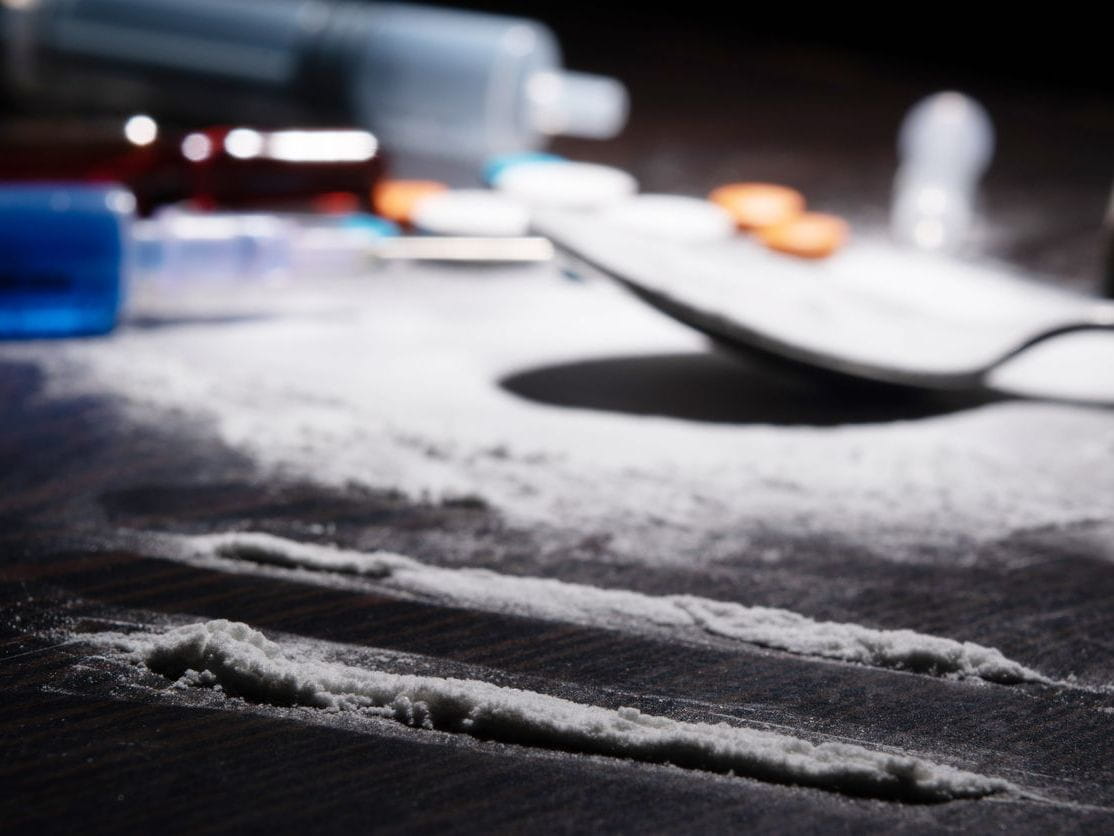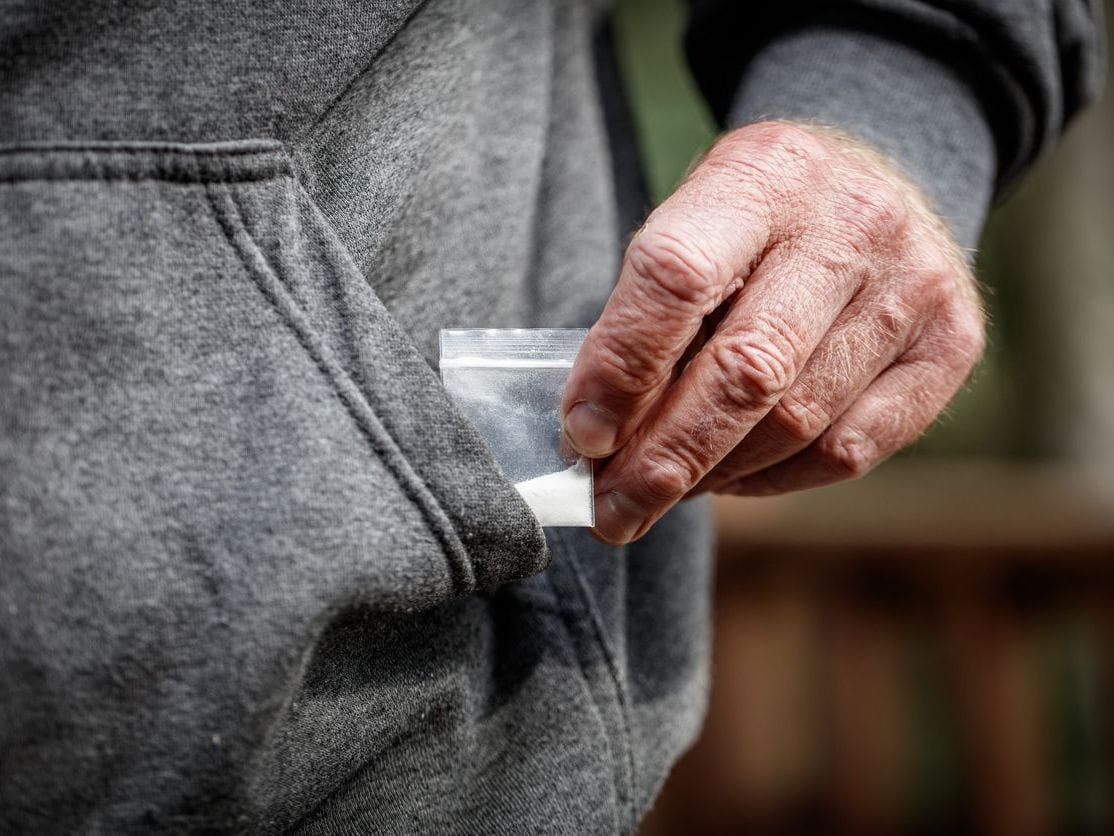Nitazenes: The New Fentanyl?

The Bottom Line
Nitazenes are a class of synthetic opioids that are being found more frequently in the illicit drug supply. Fentanyl and similar drugs remain the predominant cause of overdose deaths in the US in 2024. Treatment for opioid use and harm-reduction strategies, such as naloxone (i.e., Narcan) distribution, are important in preventing overdose deaths.

What are nitazenes?
Nitazenes are a class of synthetic opioid drugs first developed in the 1950s, but which were never made available for human or veterinary use due to safety concerns. For this reason, there is little scientific information about these drugs. Over 20 different nitazene compounds have been identified. Since 2019, there has been an increase in nitazene compounds found in the illicit drug supply and in blood samples of people who have overdosed, as well as in blood samples obtained at autopsy.Nitazene vs. fentanyl: What’s the difference?
Both nitazenes and fentanyl bind to opioid receptors in the brain and other parts of the body, resulting in euphoria that can lead to repeated use and addiction. Comparing fentanyl and nitazenes is a bit complicated. First of all, there many compounds that are related to fentanyl and nitazenes, and we often do not know what is in the illicit drug supply at any given time. Additionally, many of these compounds are not well studied because they have not been approved for human or veterinary use. Many people also use multiple drugs, or there could be other contaminants in the drug supply (e.g., xylazine), making it hard to distinguish the effects of any single drug.The information we have at this time is that some nitazene compounds are more potent and longer-lasting than many fentanyl derivatives. Other nitazenes are actually less potent than fentanyl. It is important to know that often multiple drugs or chemicals are often found in the same product, including pills or powders. There is no way to know what compounds might be in the product without performing laboratory testing.
How long does nitazene stay in your system?
There are many different nitazene compounds and there is little information about how long they last. This is because they are not approved for use and are not routinely tested for when someone presents with an overdose. What we do know is that some of the nitazenes may last longer than fentanyl, which can make overdoses more dangerous and harder to treat.What is a nitazene overdose?
A nitazene overdose is similar to an overdose with other opioids (e.g., fentanyl) in that people may be comatose and not breathing. The limited information we have suggests that symptoms of overdose may last longer with nitazenes, and they may not respond as well to the antidote naloxone. In addition, one study found that people who were hospitalized with overdoses involving nitazenes were more likely to have abnormal heart rhythms than with other opioids.What should I do if someone took nitazene?
If someone takes a nitazene, the most important thing to do is call 911 and get them immediate medical attention. In the meantime, if the person is not breathing, you can administer bystander naloxone if it is available. If the person does not have a pulse, you can also start CPR.Medical Toxicologist
Poison Control Media Information
Did you find this page helpful? If so, we need your support. Poison Control is in constant competition with misinformation online. Links to www.poison.org or our webPOISONCONTROL triage tool from other websites and blogs help internet searchers quickly find accurate information and Poison Control’s contact information in an emergency. If you use the content from this page, please provide attribution via a link back to this page, www.poison.org, or https://triage.webpoisoncontrol.org/#!/exclusions. By doing so, you could save a life. Thank you!
Poisoned?
Call 1-800-222-1222 or
Prevention Tips
- Bystander naloxone administration saves lives. Learn how to administer naloxone and keep it handy if possible.
- If a person does not have a pulse, perform CPR.
- There are safe and effective treatments for opioid addiction. Treatment for opioid dependence is the best way to prevent an overdose.
This Really Happened
Case 1: A woman in her 20s was found in cardiac arrest following a suspected overdose. Intranasal naloxone was administered without response. The patient later died. Additional testing found fentanyl and a nitazene derivative in her blood.Case 2: A man in his 50s was found with low oxygen levels and in a coma after a suspected overdose. He was administered naloxone, with some improvement. Additional testing found fentanyl and a nitazene derivative in his blood. He spent several days in the intensive care unit.
For More Information
New, Dangerous Synthetic Opioid in D.C., Emerging in Tri-State Area | DEA
References
Poisoned?
Call 1-800-222-1222 or
Prevention Tips
- Bystander naloxone administration saves lives. Learn how to administer naloxone and keep it handy if possible.
- If a person does not have a pulse, perform CPR.
- There are safe and effective treatments for opioid addiction. Treatment for opioid dependence is the best way to prevent an overdose.
This Really Happened
Case 1: A woman in her 20s was found in cardiac arrest following a suspected overdose. Intranasal naloxone was administered without response. The patient later died. Additional testing found fentanyl and a nitazene derivative in her blood.Case 2: A man in his 50s was found with low oxygen levels and in a coma after a suspected overdose. He was administered naloxone, with some improvement. Additional testing found fentanyl and a nitazene derivative in his blood. He spent several days in the intensive care unit.
